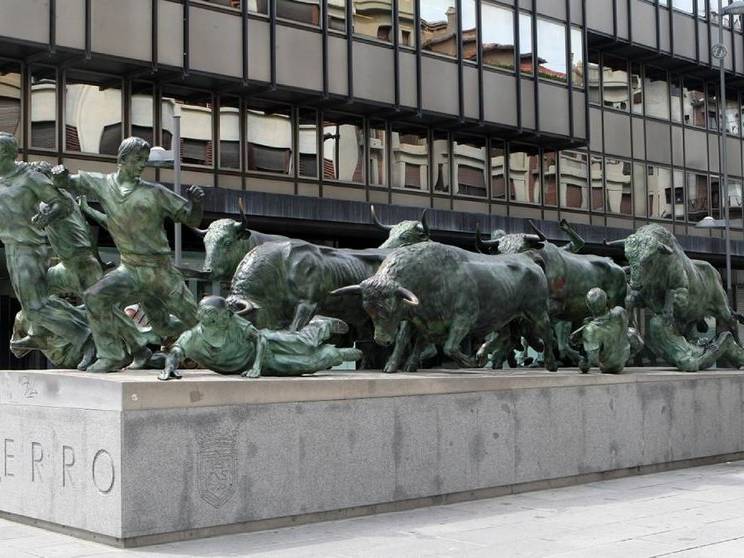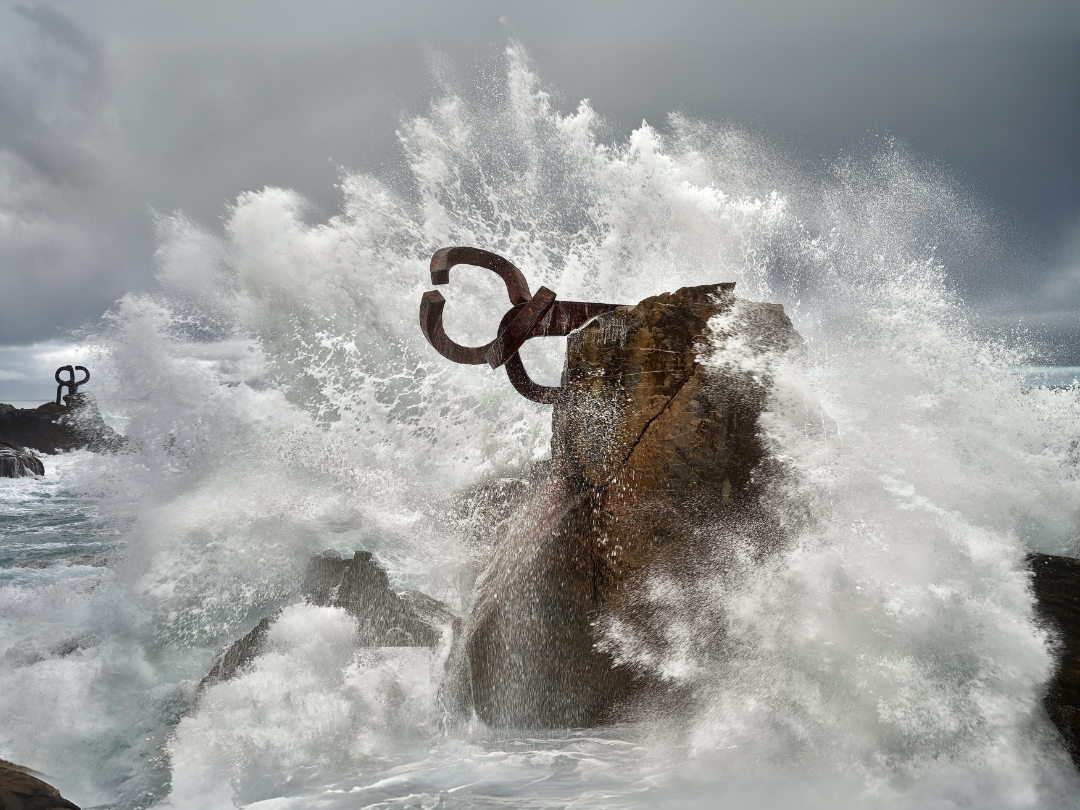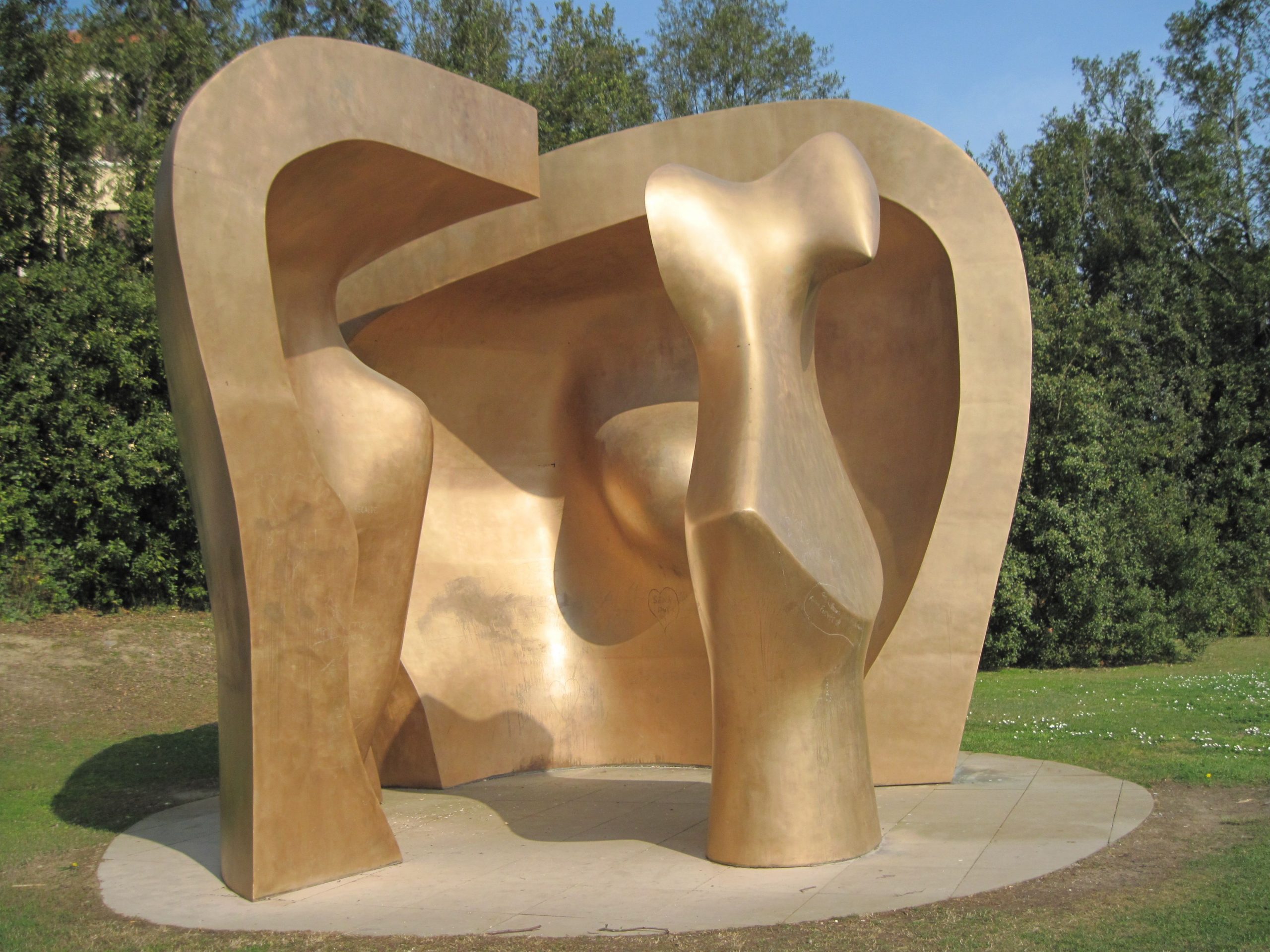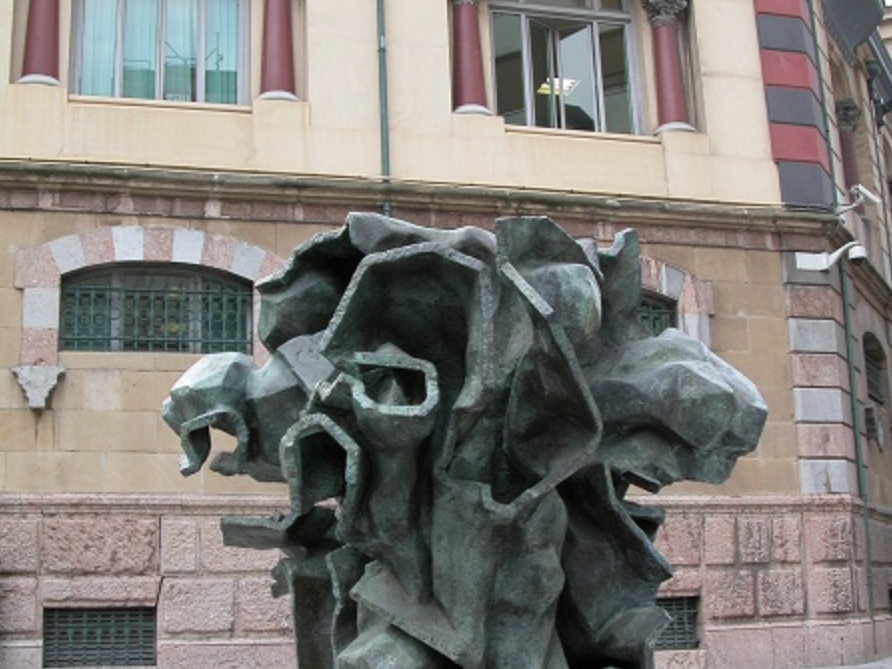
Contemporary Art Sculpture: materials, concepts and the works shaping our era
Contemporary art sculpture: a new language of form
Contemporary art sculpture has redefined the boundaries of artistic expression. From the mid-20th century to today, sculptors have moved beyond classical tradition to explore new materials, ideas and forms. These works no longer aim only to represent reality — they question it, expand it and transform it.
Contemporary sculpture integrates engineering, digital technologies, conceptual thinking and often monumental scale, making it one of the most dynamic fields of today’s art world.
Key characteristics of contemporary sculpture
Contemporary sculptures are defined by:
-
Innovation in materials: stainless steel, aluminium, resin, concrete, glass, industrial objects
-
Interaction with space: pieces that occupy, alter or dialogue with their environment
-
Conceptual depth: the idea is often as important as the physical form
-
Monumental scale and urban presence
-
Use of advanced technologies: 3D modelling, CNC, digital scanning, engineered structures
-
Collaboration between artists, architects, engineers and technical studios
This new language expands sculpture into installation, architecture, performance and digital art.
Influential contemporary art sculptures
1. Maman – Louise Bourgeois
A monumental spider sculpture that symbolizes fragility, memory and maternal strength.
2. Puppy – Jeff Koons
A massive floral sculpture at the Guggenheim Bilbao, becoming an international cultural icon.
3. The Wind Comb – Eduardo Chillida
Iconic fusion of landscape, steel and the Atlantic force, a landmark of contemporary Basque sculpture.
4. Cloud Gate (“The Bean”) – Anish Kapoor
A sculptural mirror that transforms the viewer’s perception of the city around them.
5. Roots – Cristina Iglesias (Reina Sofía, Madrid)
A powerful blend of sculpture and architecture. Alfa Arte has collaborated with Cristina Iglesias on technically complex sculptural productions.
6. Jaume Plensa’s monumental figures
Large-scale steel and mesh sculptures installed across the world, redefining public space.
7. Contemporary technical sculpture
Today, many urban sculptures are produced using advanced processes available at studios like Alfa Arte, combining casting, metal fabrication and 3D technology.
Materials and techniques in contemporary sculpture
Contemporary sculpture is shaped by hybrid technical processes that merge craft and technology:
-
Digital Modelling & 3D Scanning →
https://alfaarte.com/services/digital-modeling-and-3d-scanning/ -
Bronze, aluminium and stainless-steel casting →
https://alfaarte.com/services/artistic-foundry-bronze-stainless-steel-aluminum/ -
Metal structures and engineering for monumental works →
https://alfaarte.com/services/metalworking-and-technical-structures/ -
Patina, painting and contemporary finishes
-
International transport and installation →
https://alfaarte.com/services/logistics-installation-and-transport/
The combination of craftsmanship and advanced technology is one of the foundations of contemporary sculpture.
Current trends in contemporary art sculpture
Expanded sculpture
Works that integrate sound, movement, light or architecture.
Industrial materials
Steel beams, welded structures, mechanical components, polymers and recycled materials.
Sustainability
Artists increasingly incorporate ecological materials and low-impact processes.
Digital sculpture
3D modelling, virtual sculpture, AR installations, and algorithmic forms.
Monumental public art
Large-scale sculptures that require engineering and specialised installation.
The role of technical studios in contemporary sculpture
Today’s sculptural projects depend on the collaboration between artists and technical studios that can support:
-
engineering and structural analysis
-
mould making and prototype development
-
digital modelling
-
bronze and metal casting
-
assembling and welding
-
finishing and patinas
-
global transport and installation
At Alfa Arte, this integrated approach enables artists and institutions to realise sculptures that wouldn’t be possible without advanced craftsmanship and engineering.
FAQ – Contemporary Art Sculpture
1. What materials define contemporary sculpture?
Stainless steel, aluminium, bronze, resin, concrete, glass and industrial materials.
2. How is contemporary sculpture different from classical sculpture?
It is more conceptual, multidisciplinary and focused on material innovation.
3. Is contemporary sculpture always monumental?
Not always, but large-scale works are very common in public art.
4. What technologies are shaping contemporary sculpture?
3D modelling, CNC machining, digital scanning, engineered structures and advanced casting.
5. Are female sculptors prominent in contemporary sculpture?
Absolutely. Artists like Louise Bourgeois, Cristina Iglesias and Kiki Smith have transformed the field.
Conclusion: Contemporary art sculpture
Contemporary art sculpture is reshaping the way we understand space, form and concept. From monumental public installations to experimental digital pieces, it combines creative vision with technical innovation.
👉 At Alfa Arte, we make contemporary sculpture possible through expert casting, digital modelling, metal structures and precision installation for artists worldwide.



